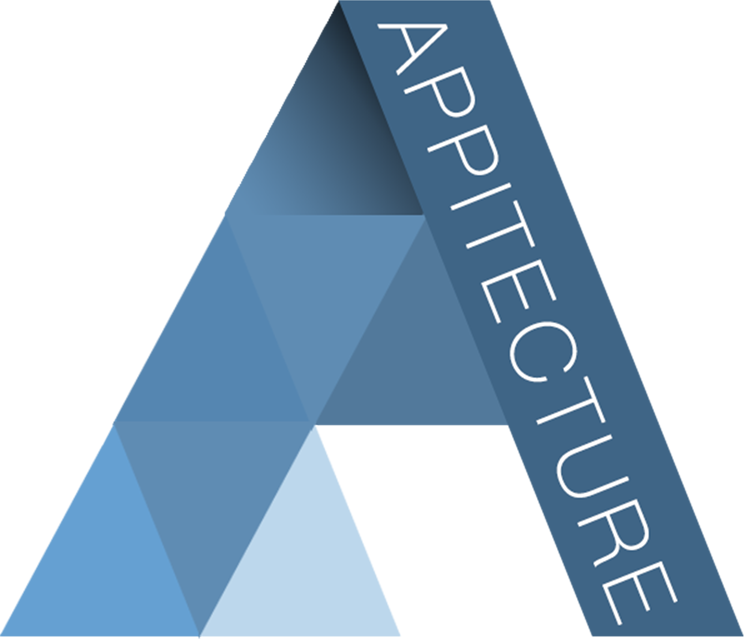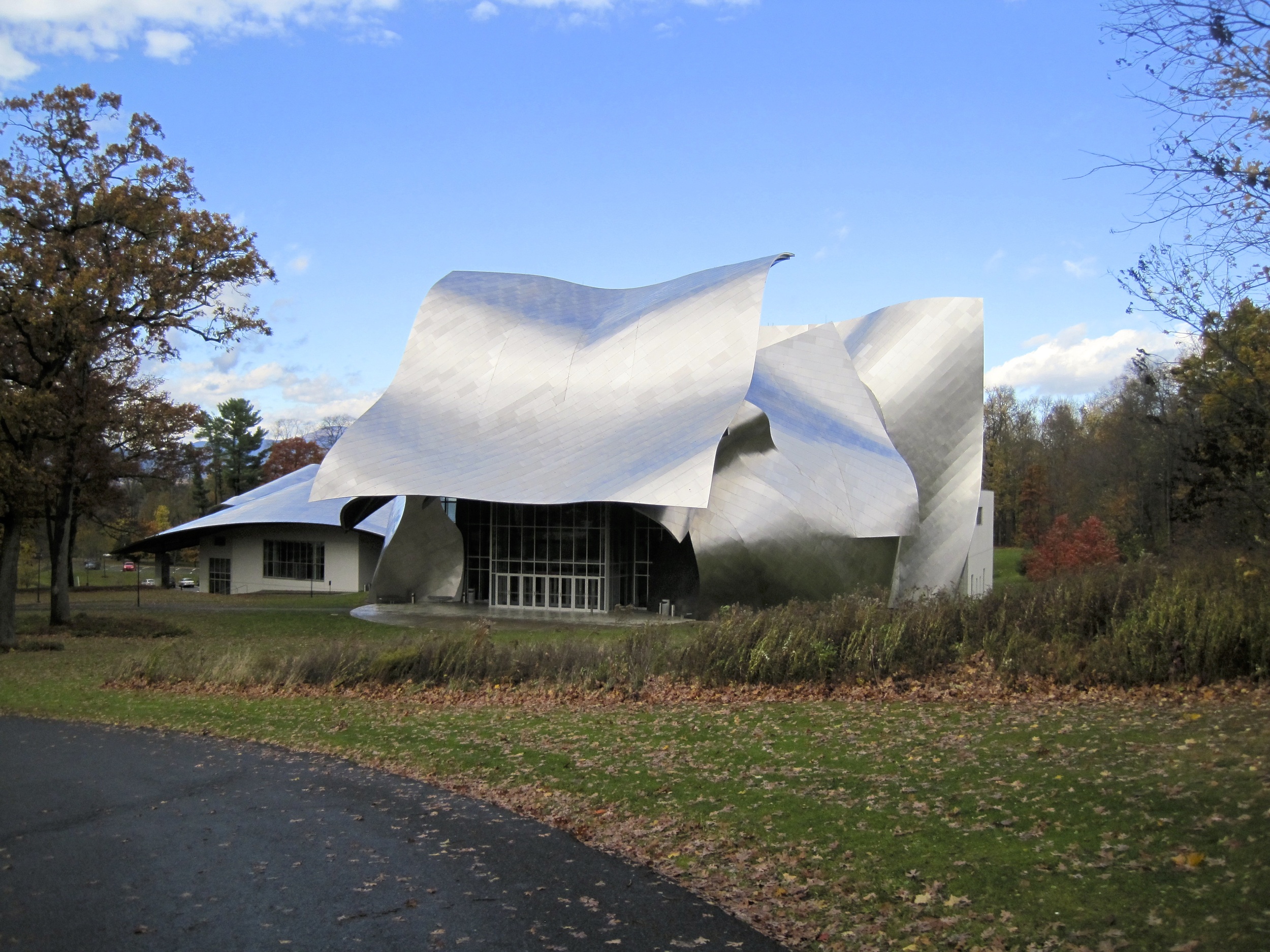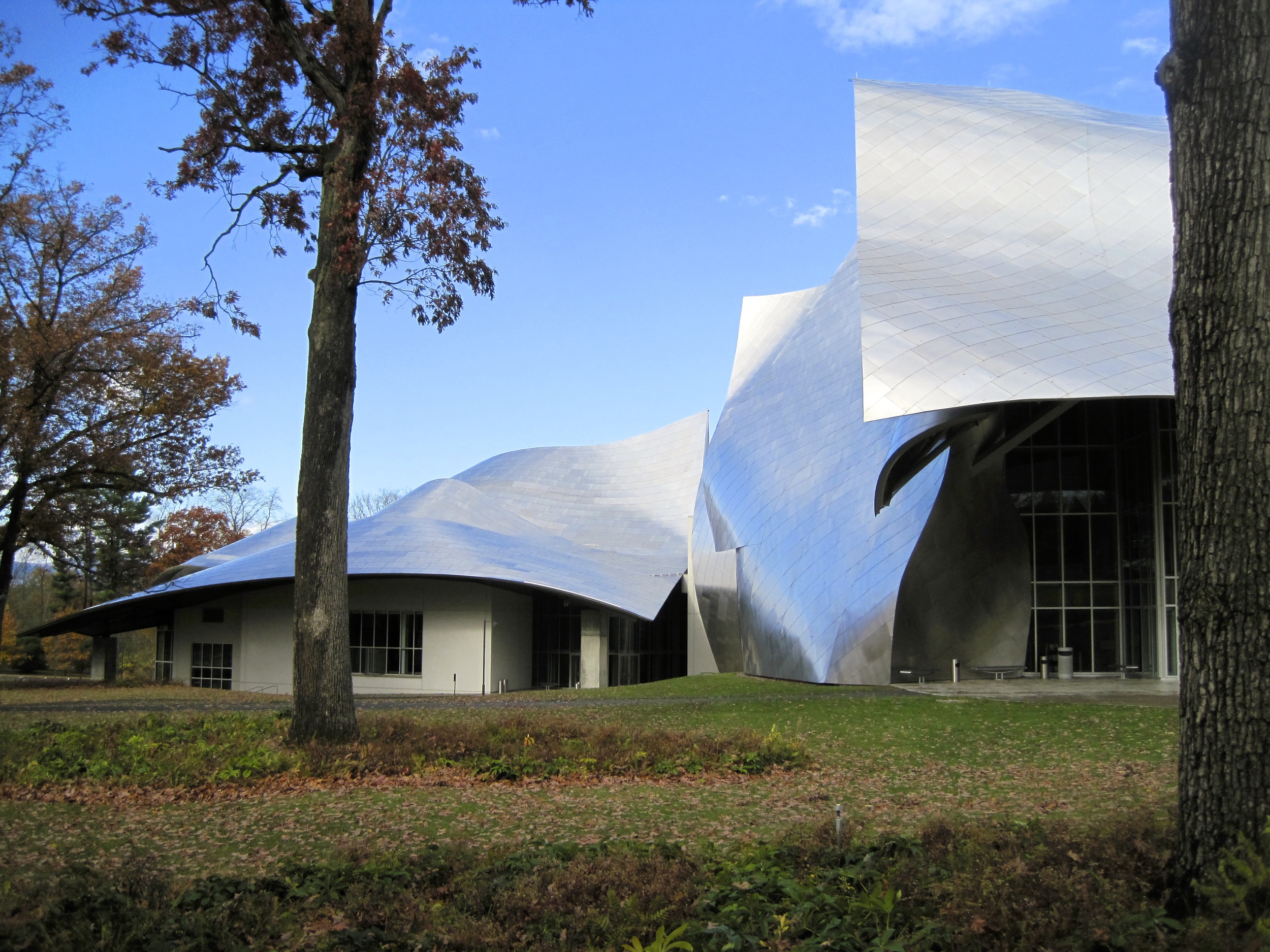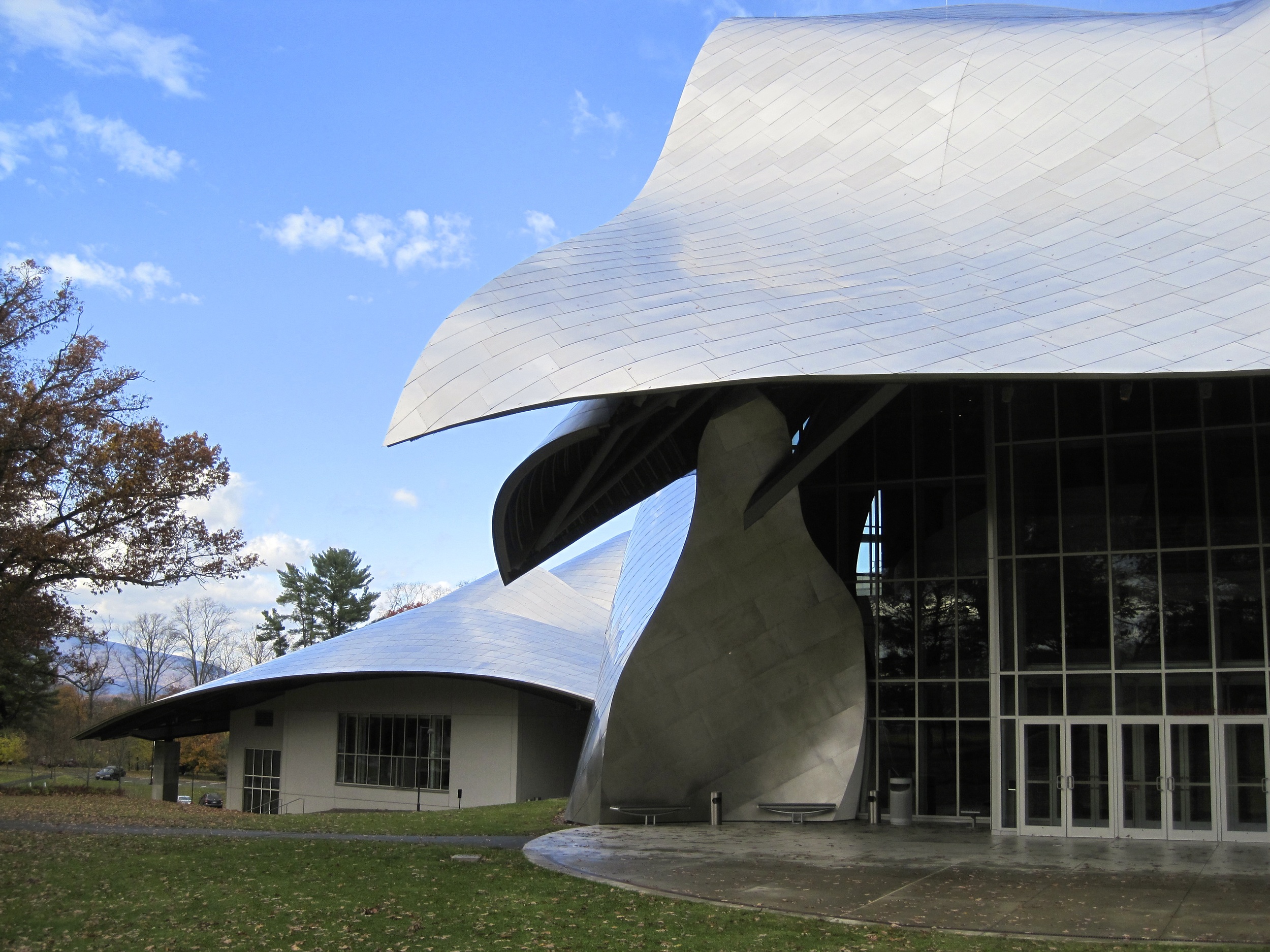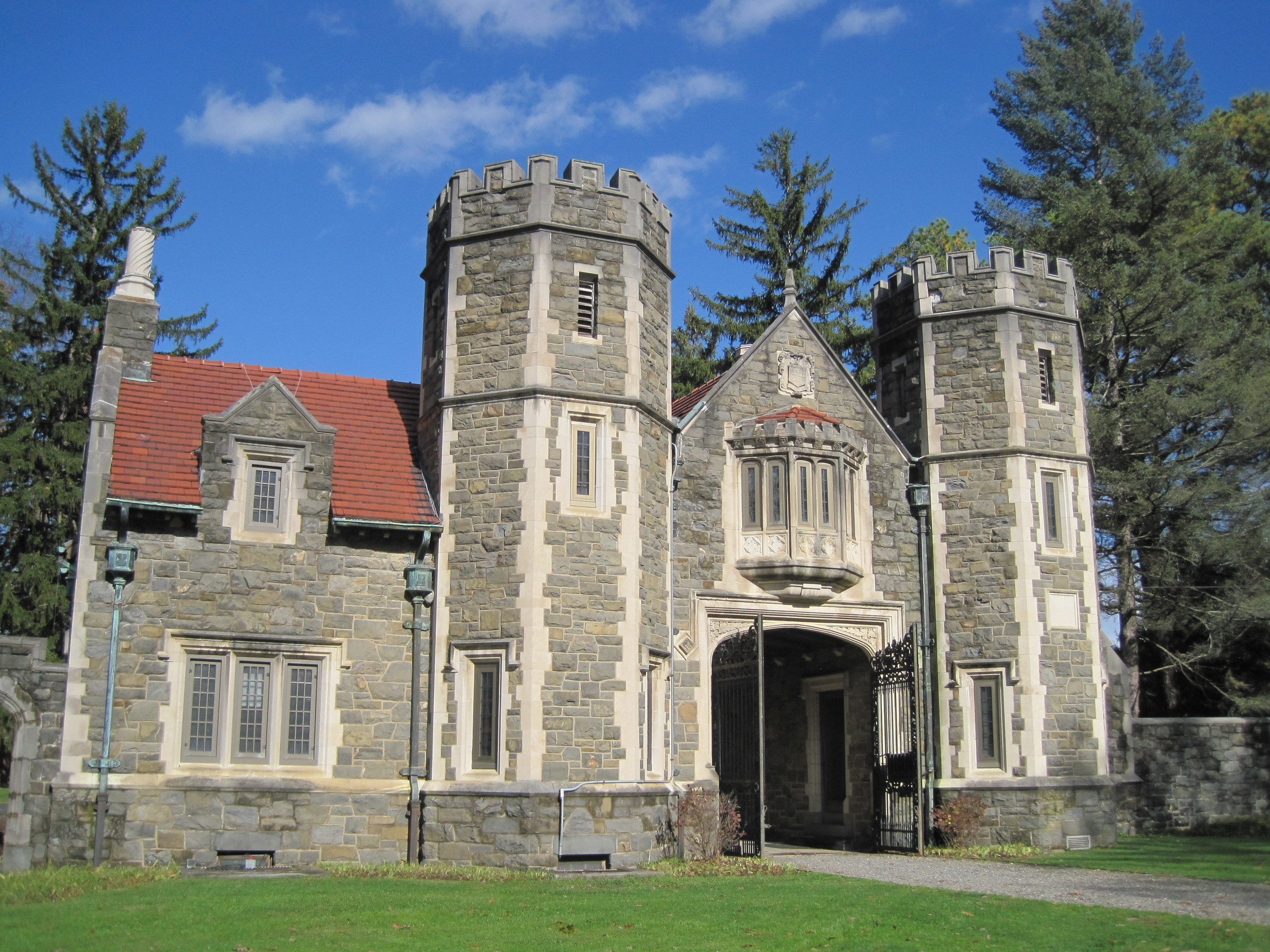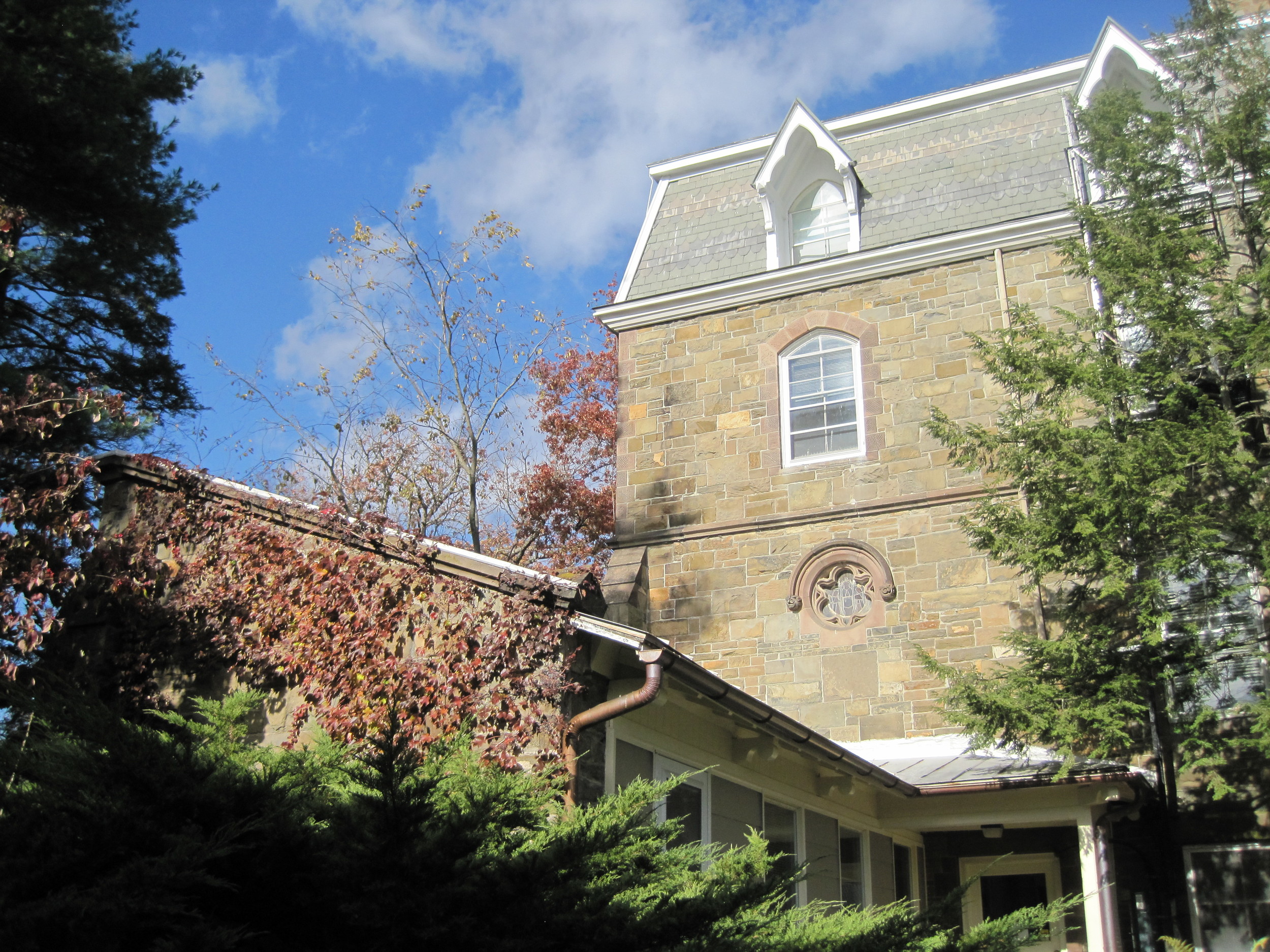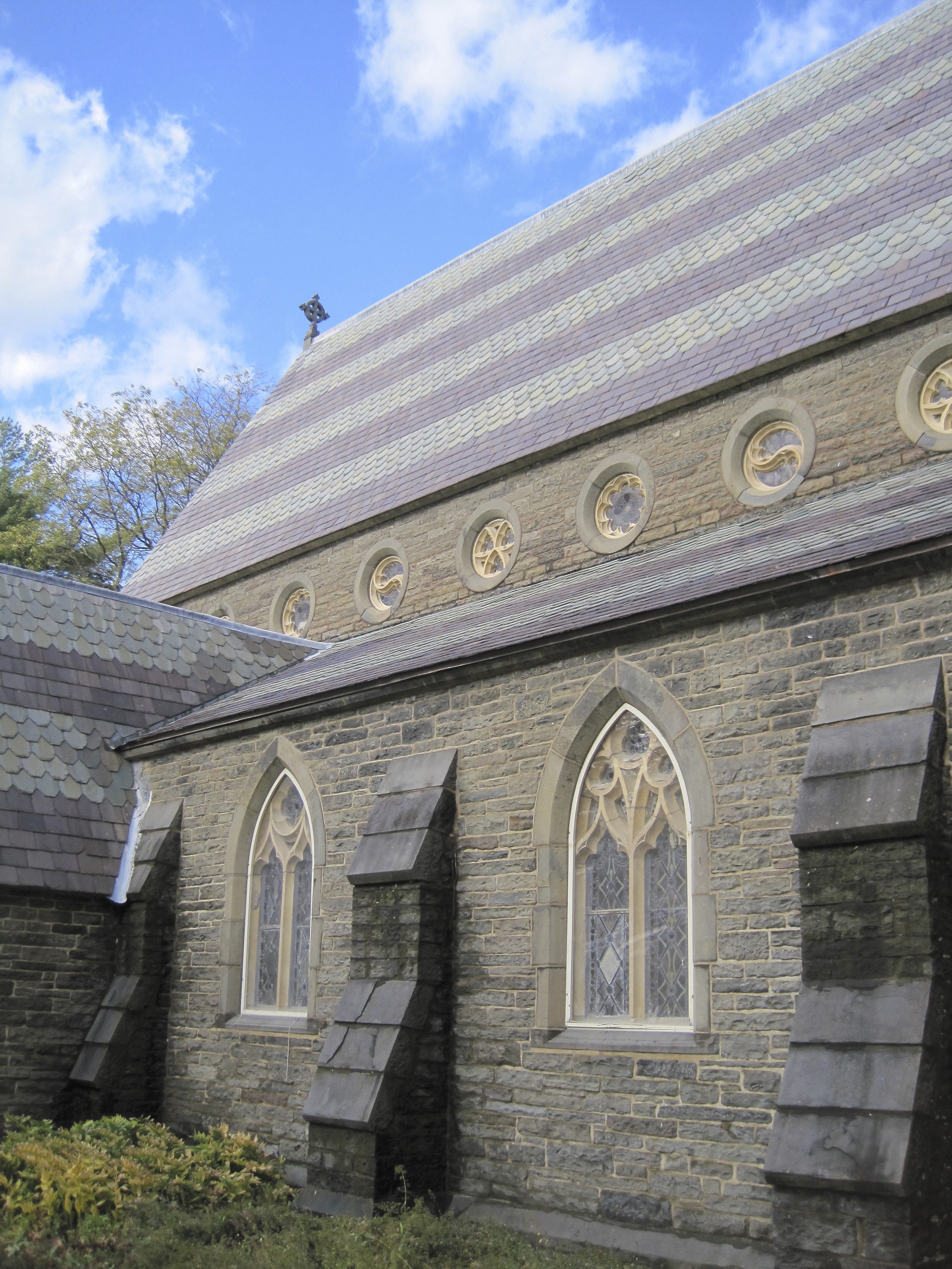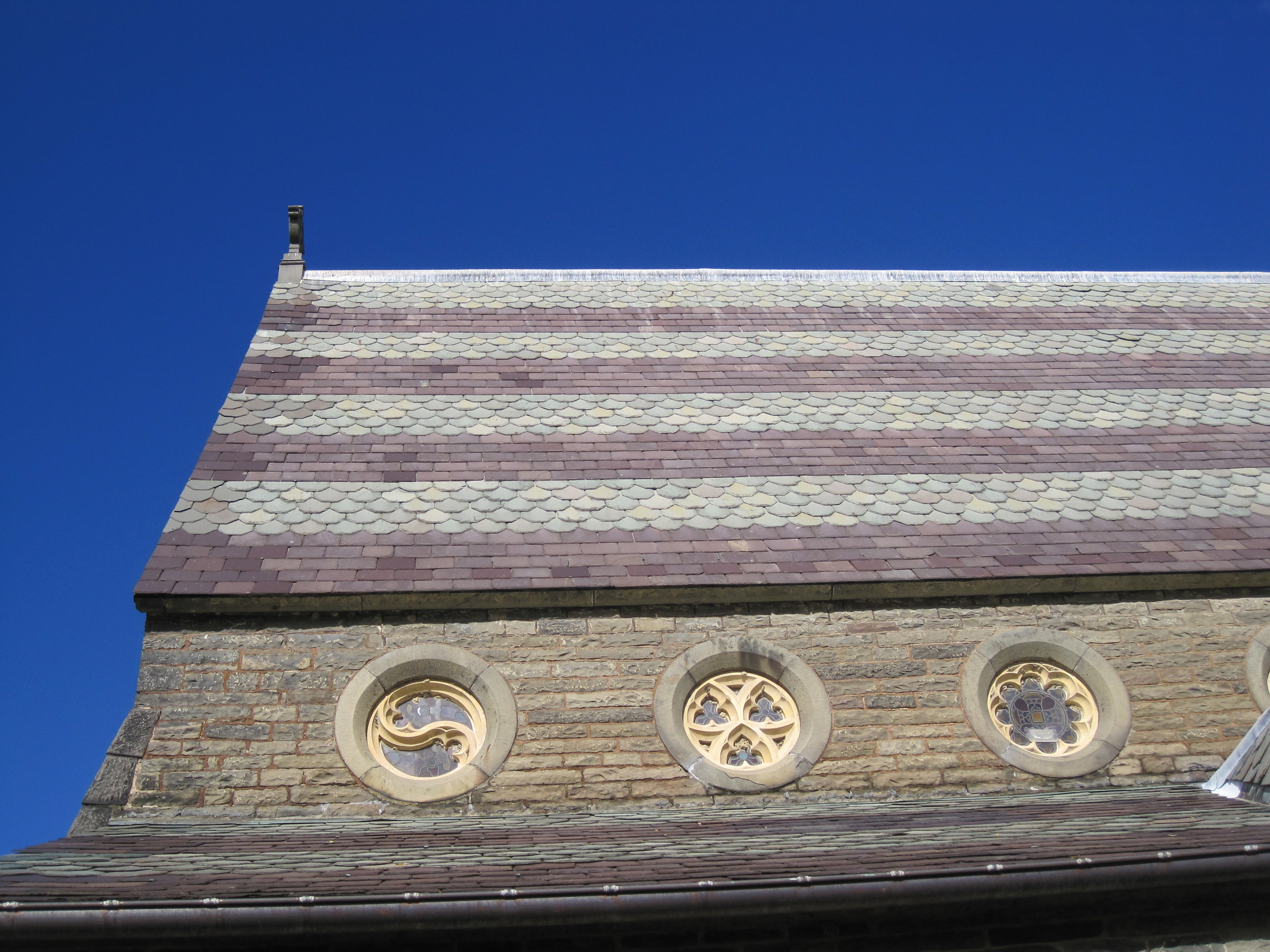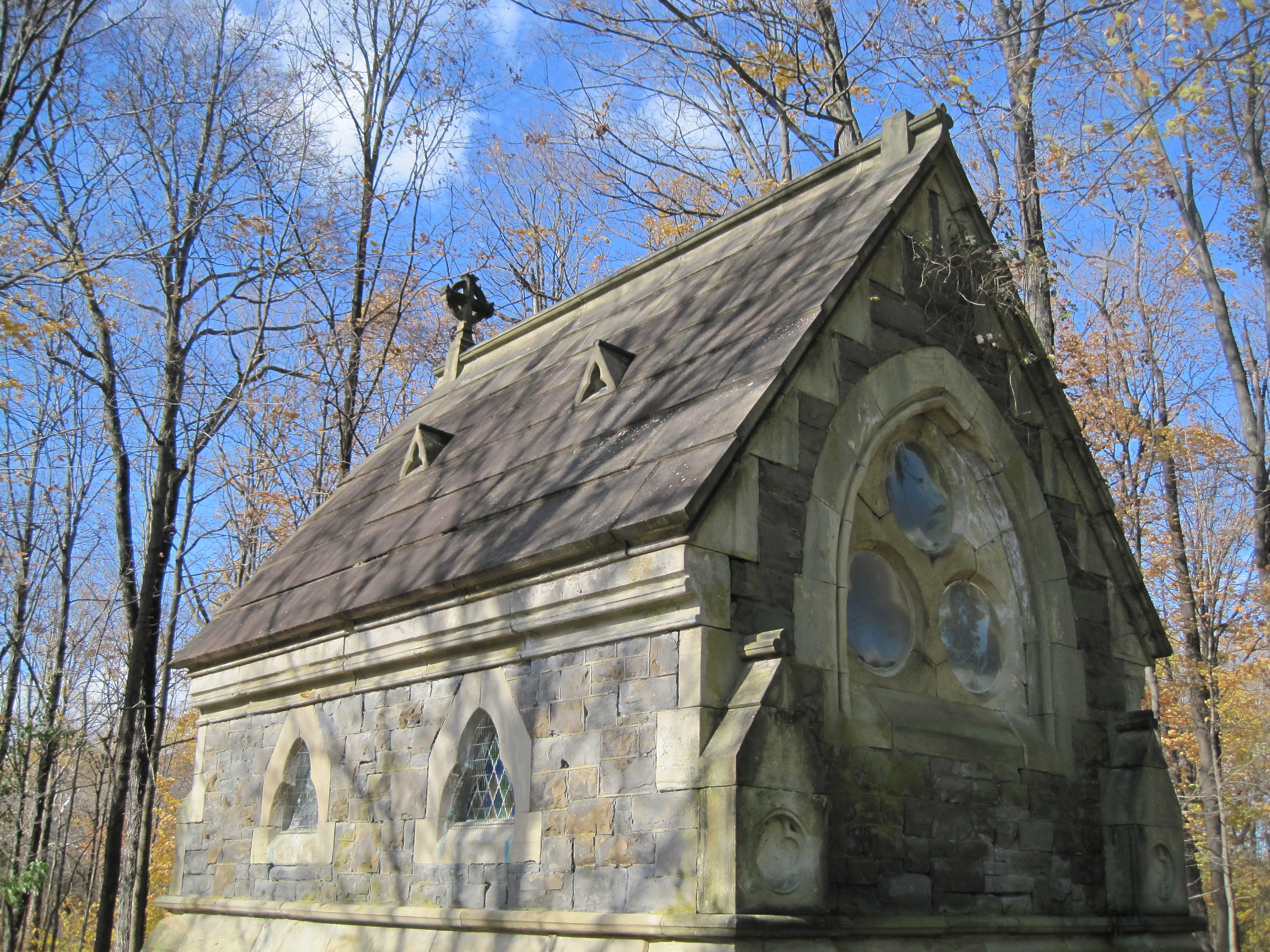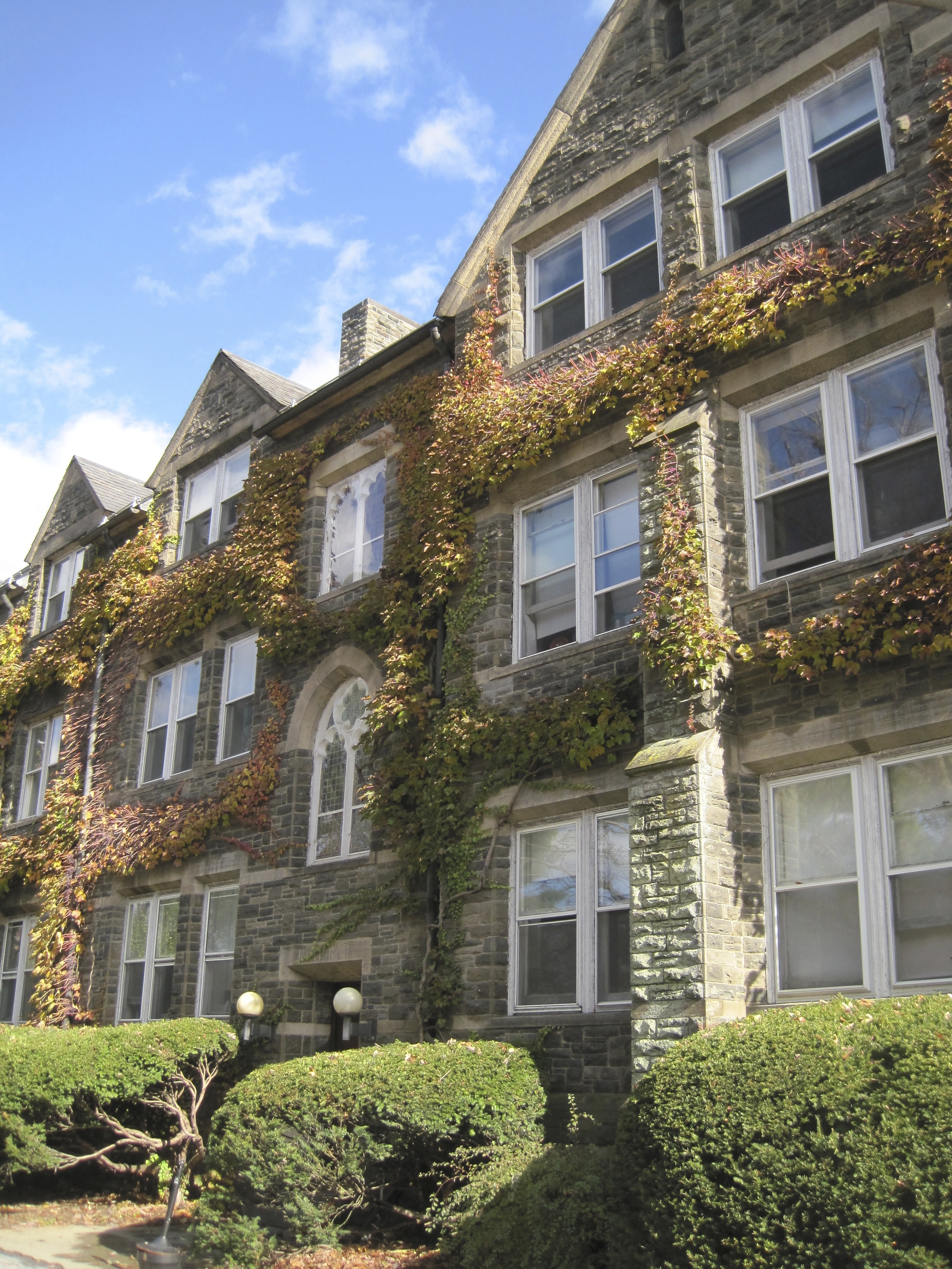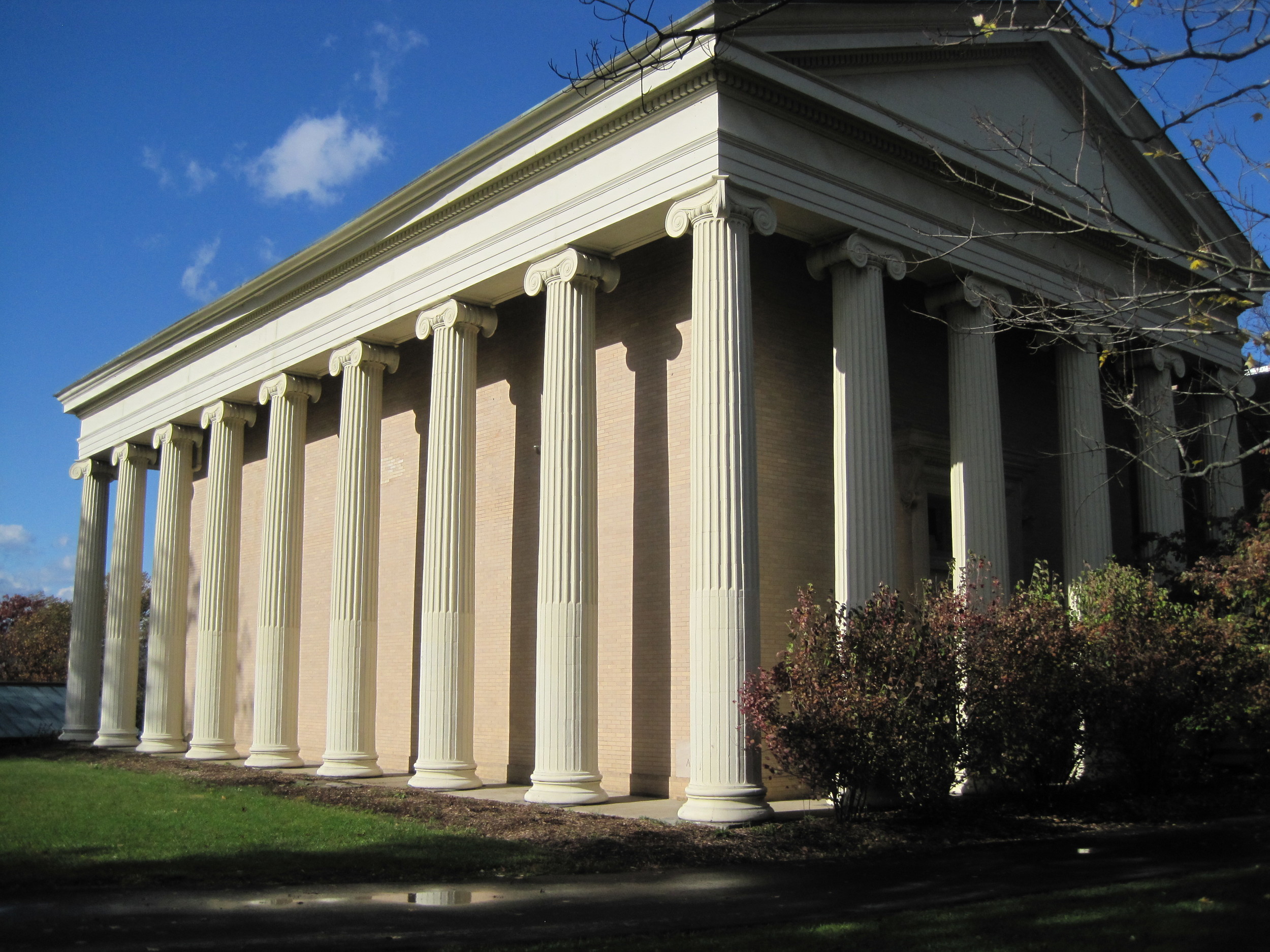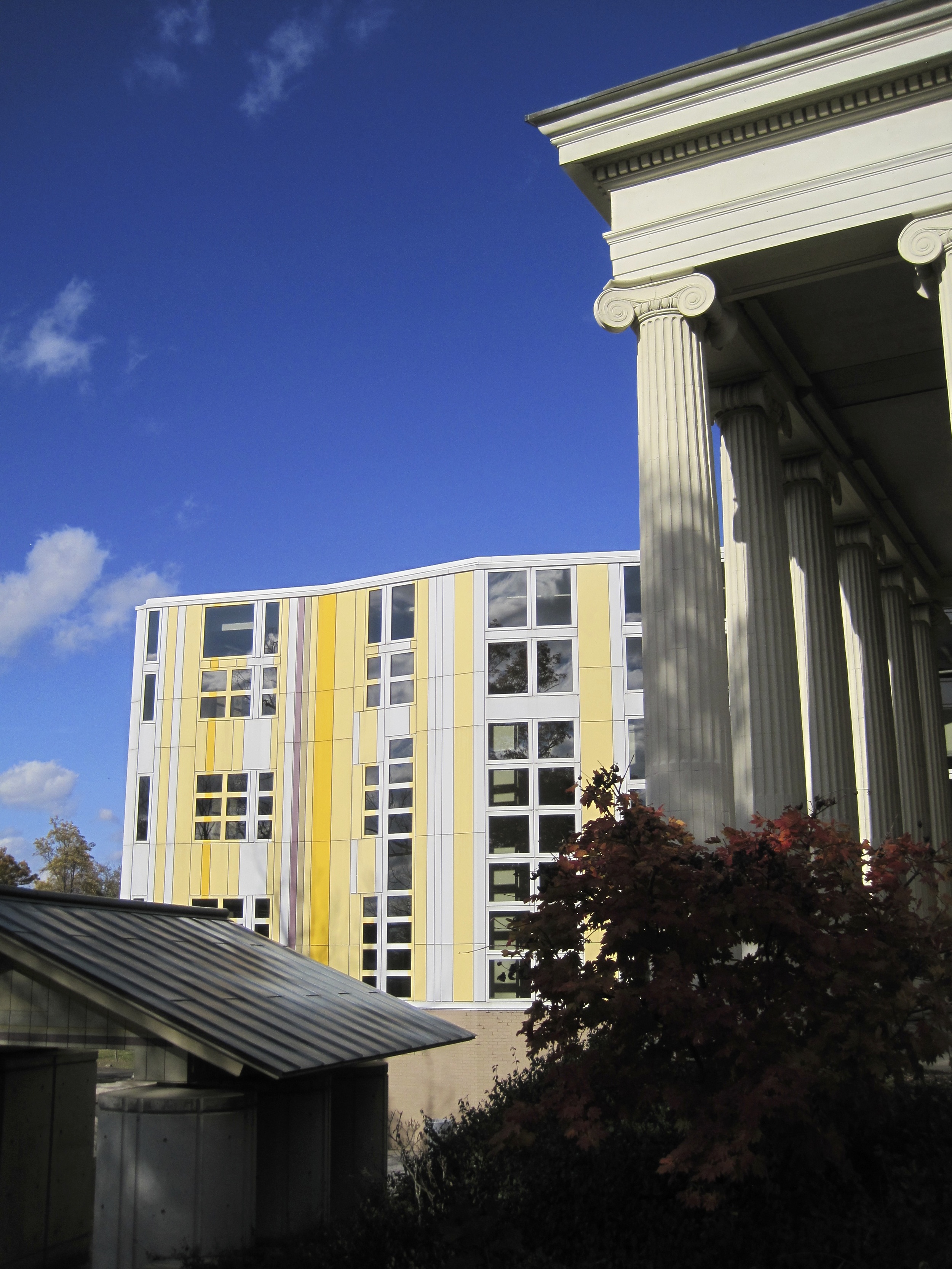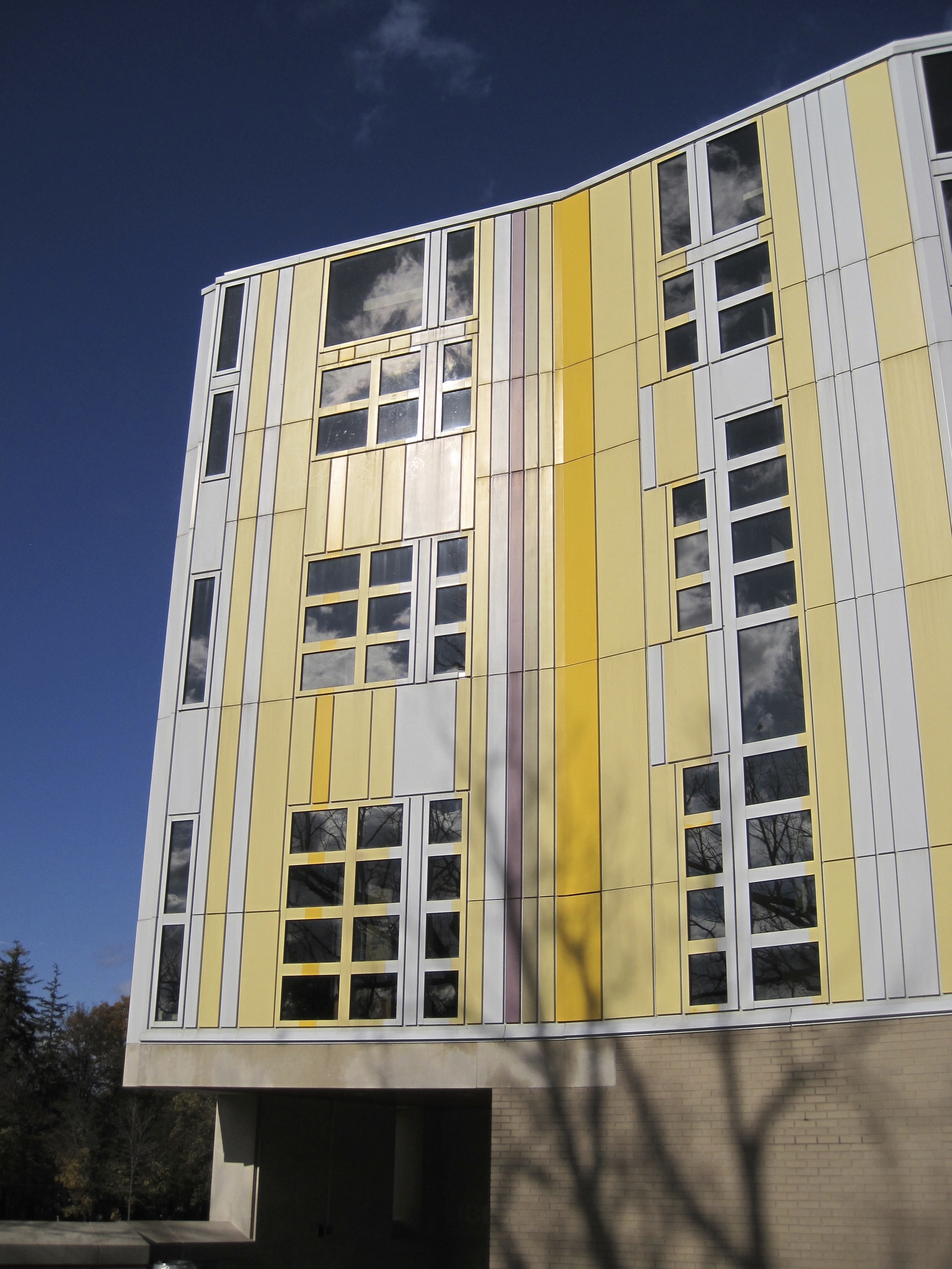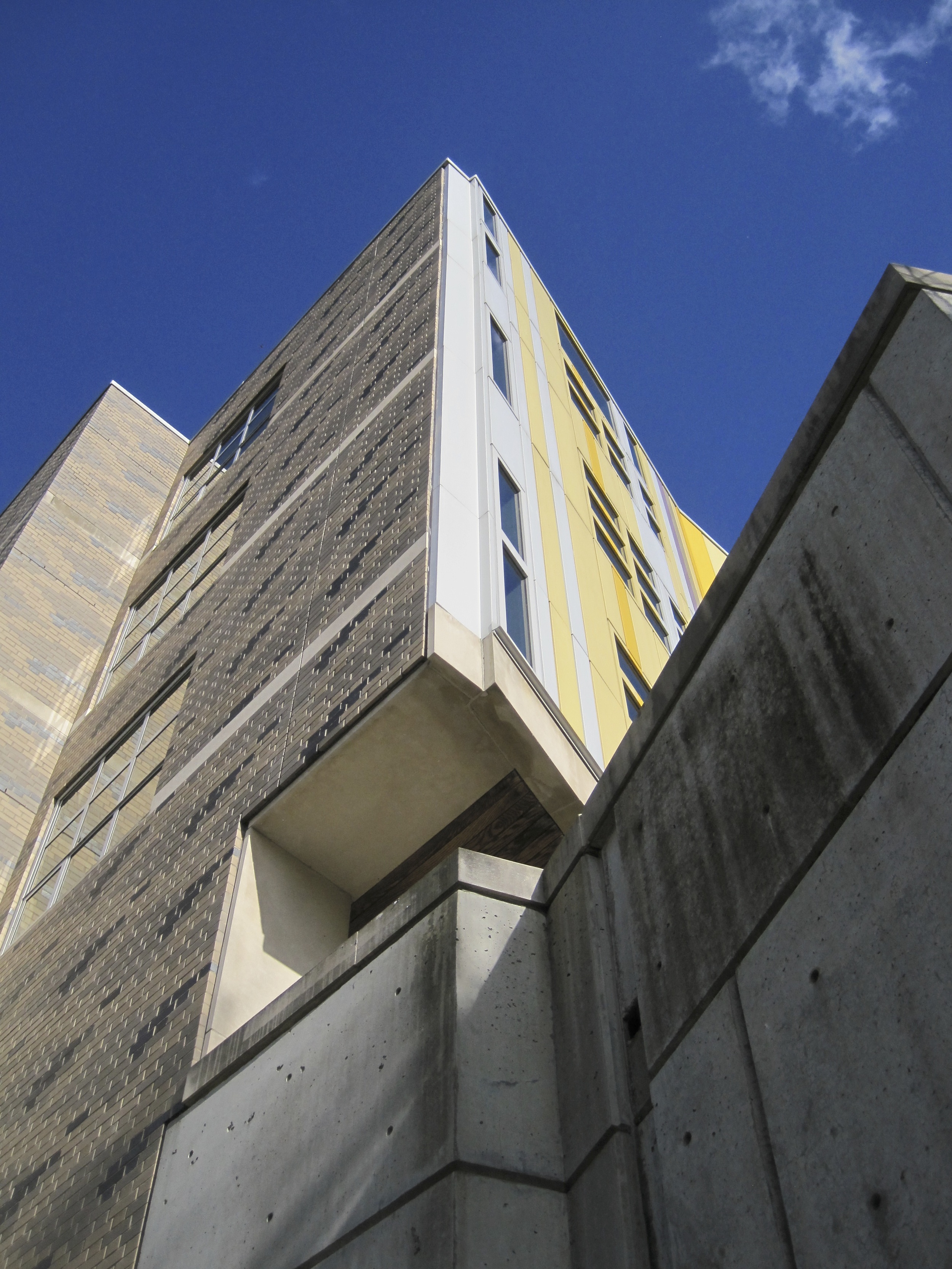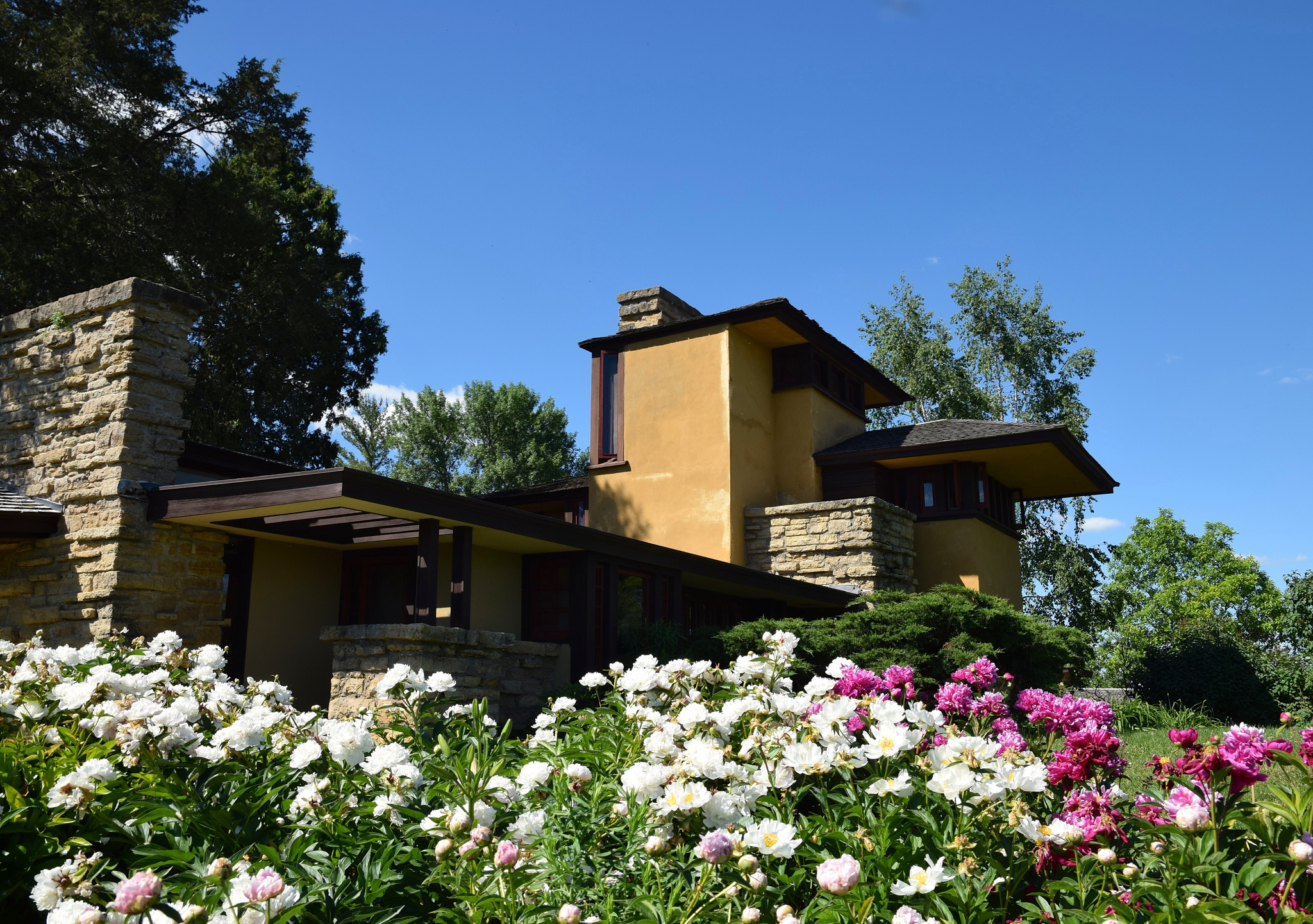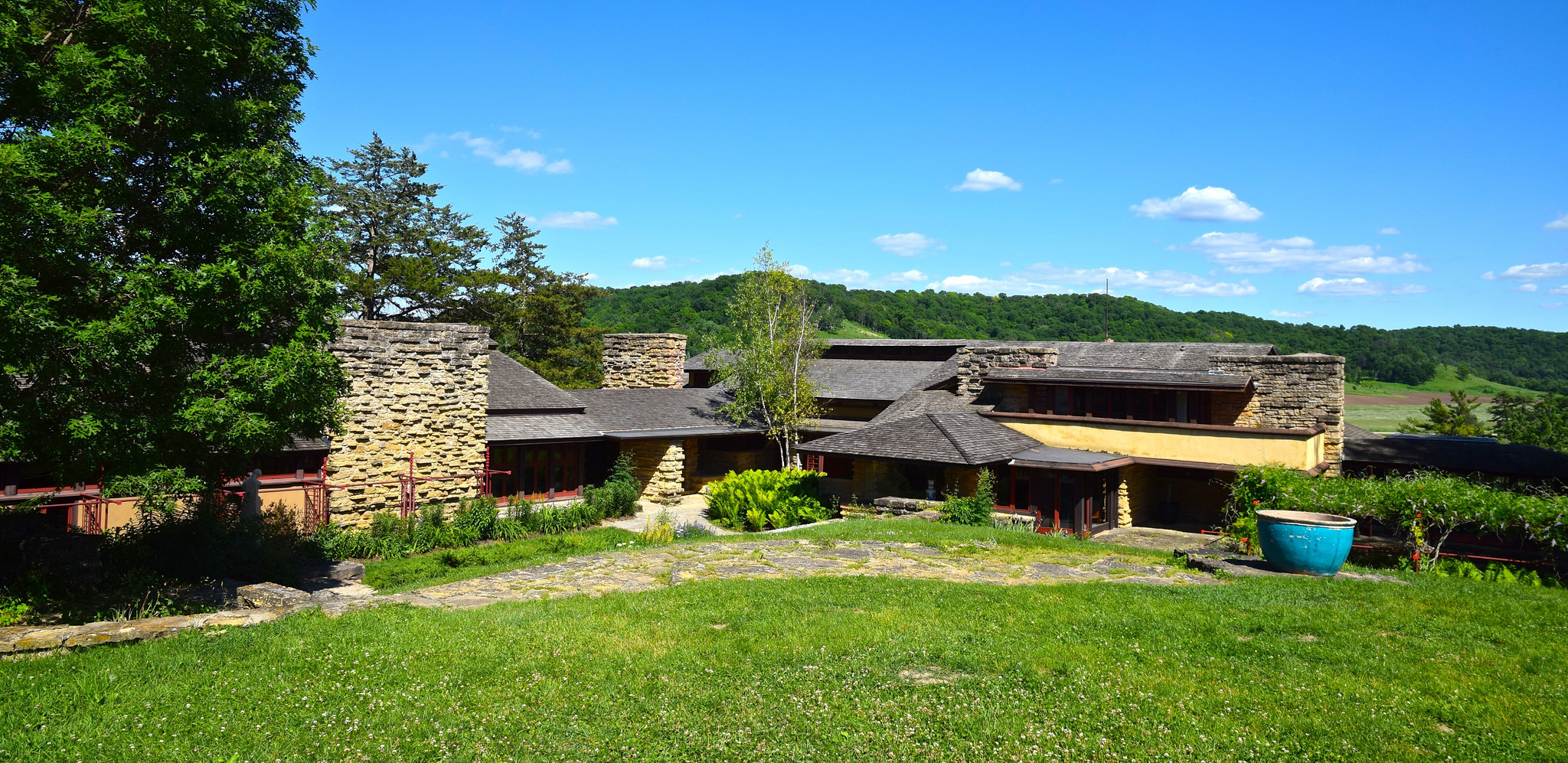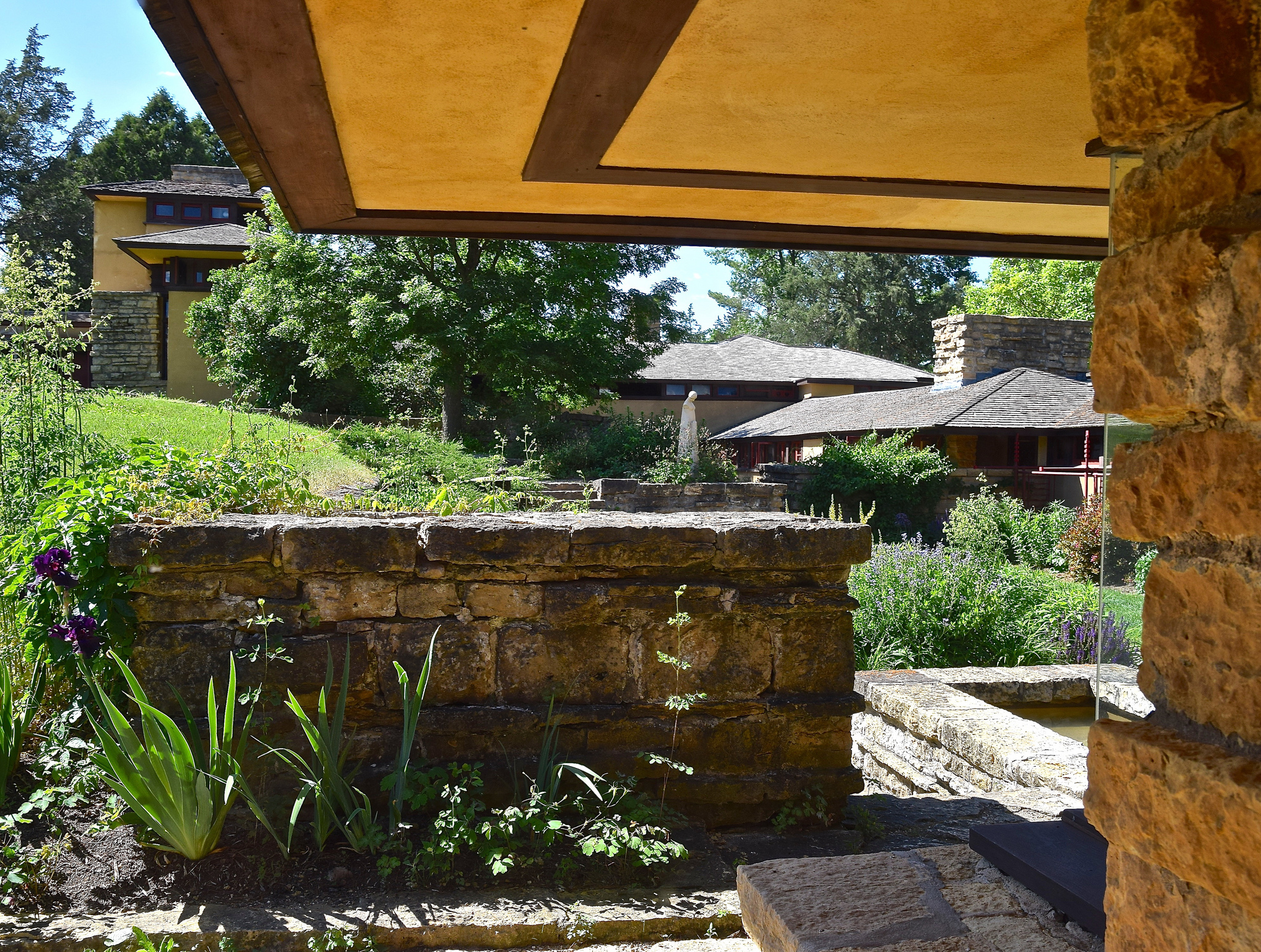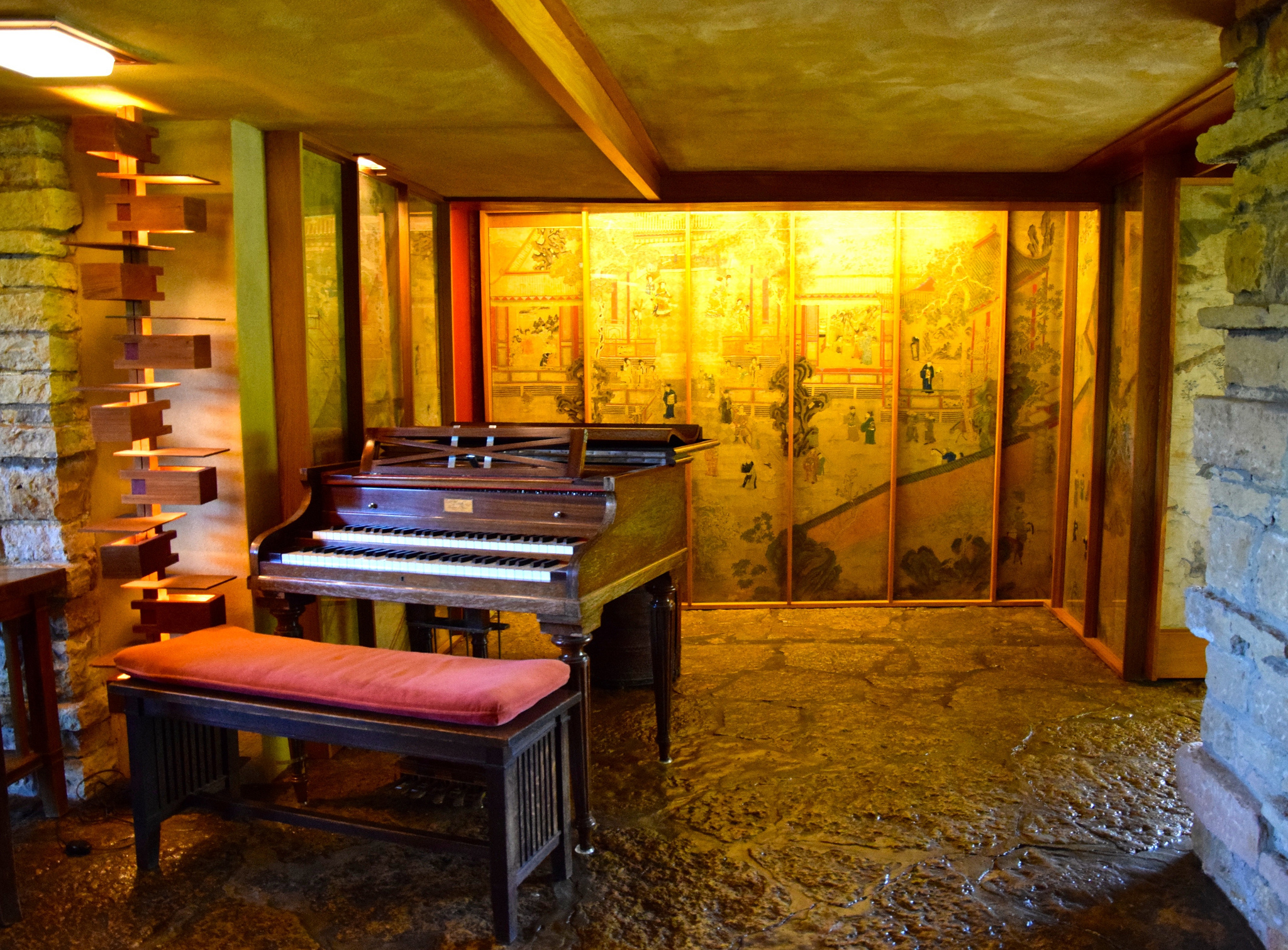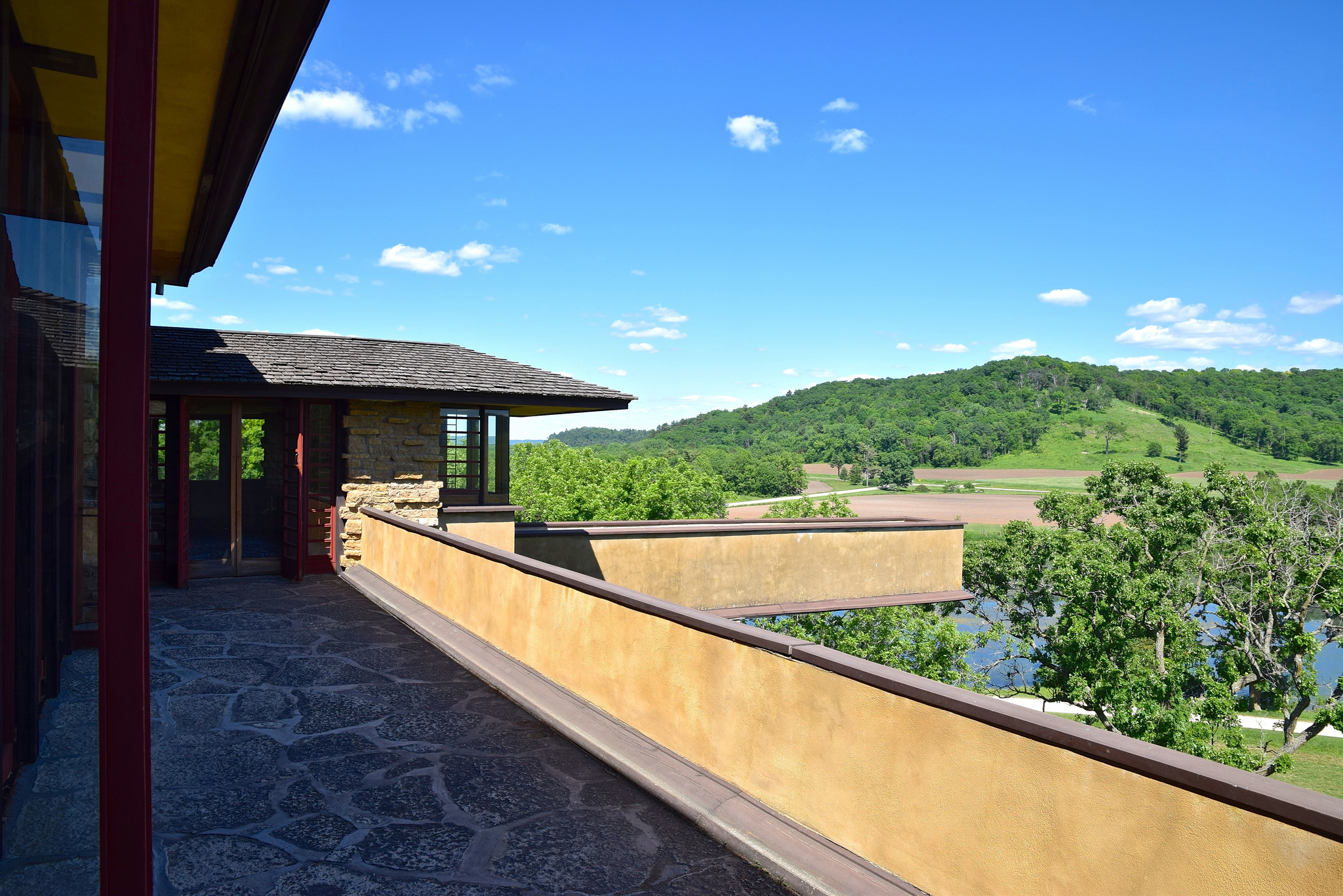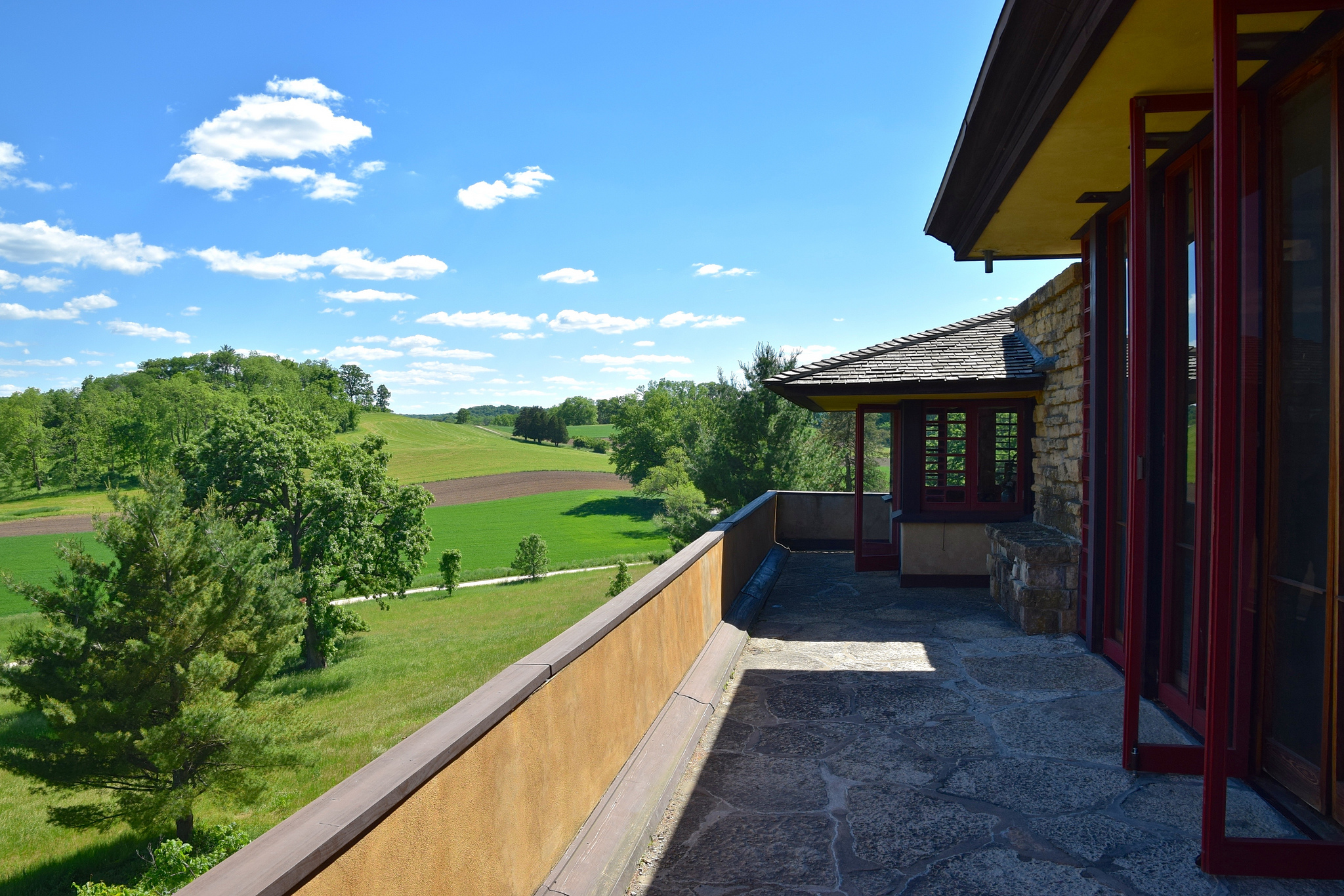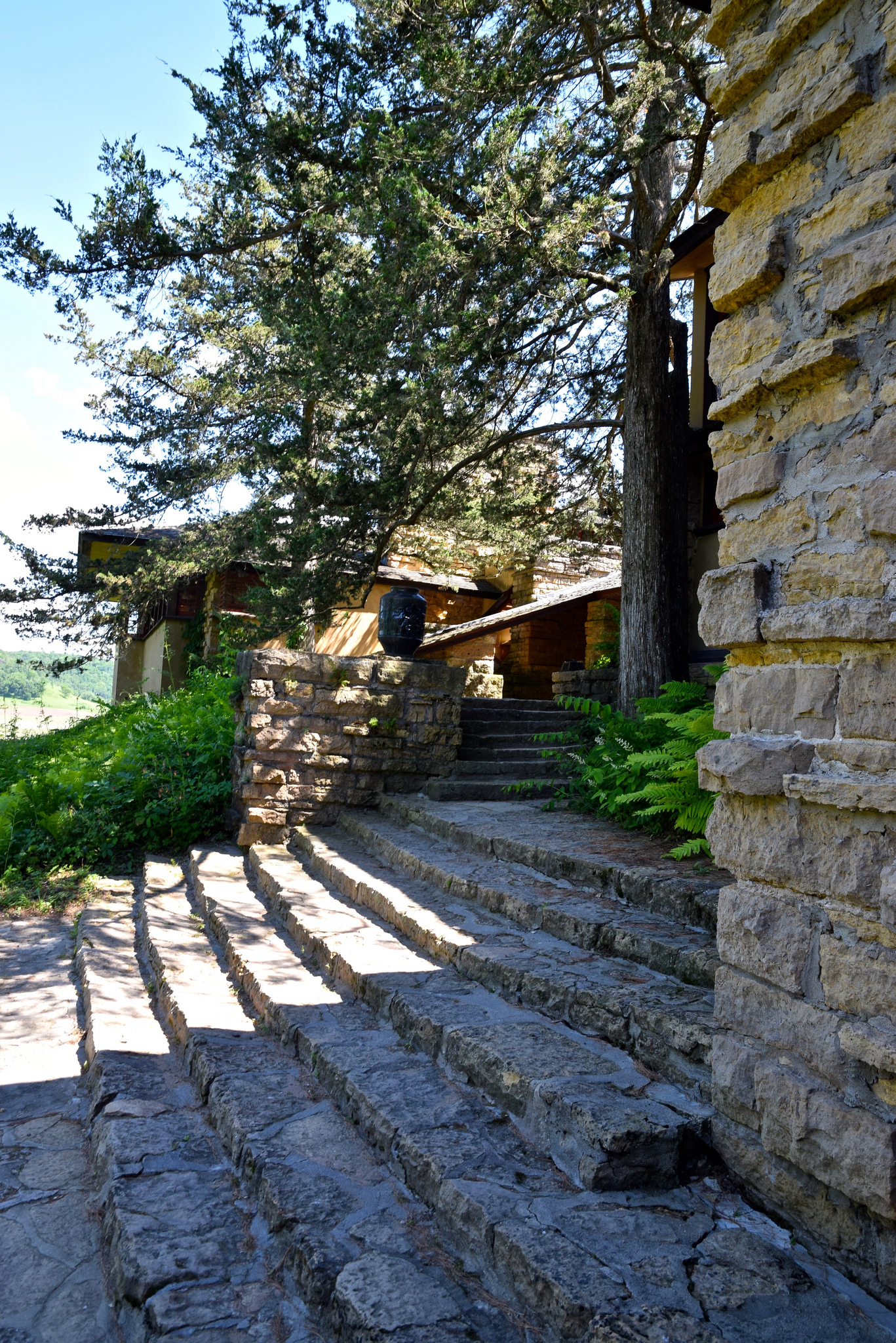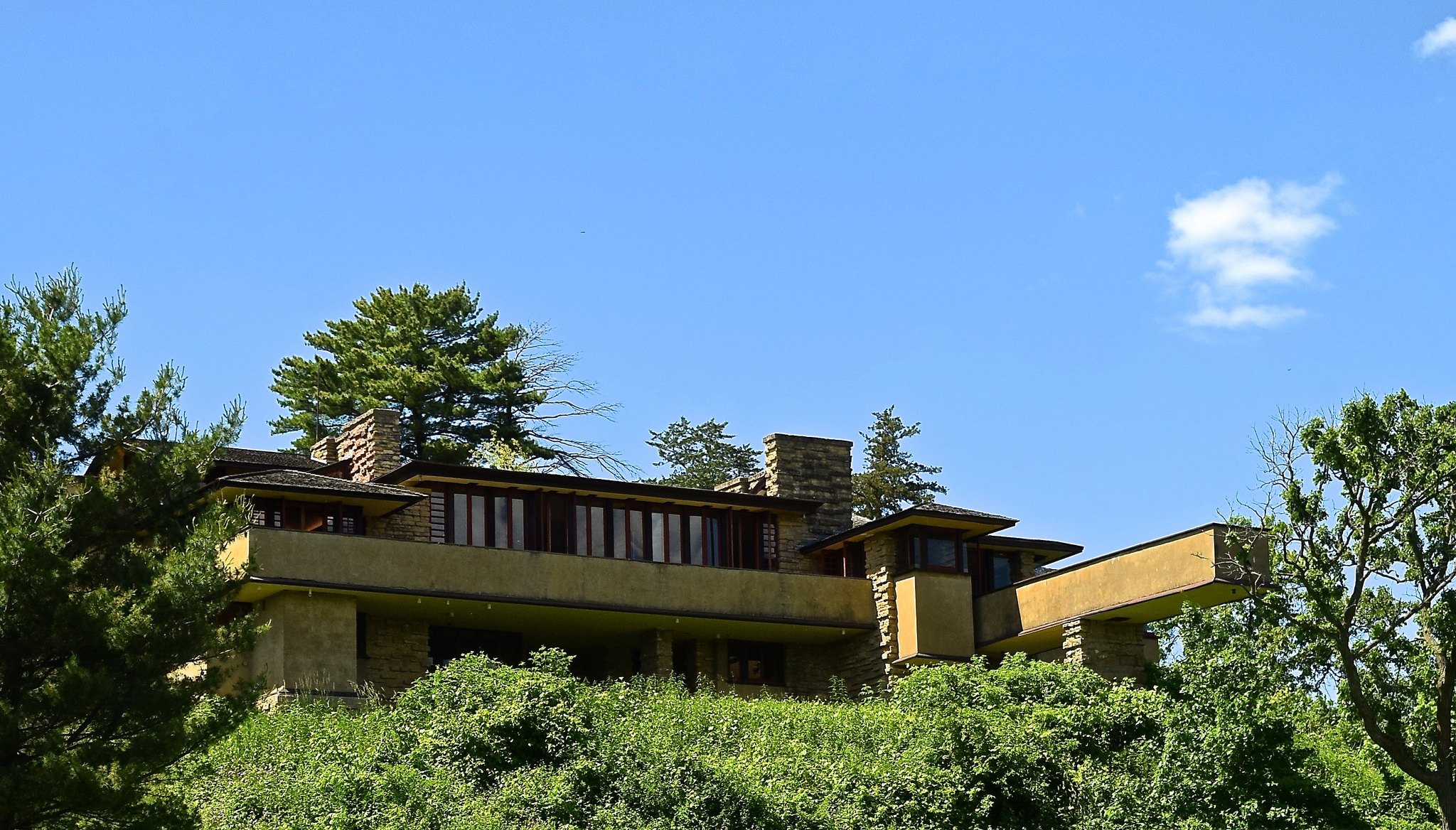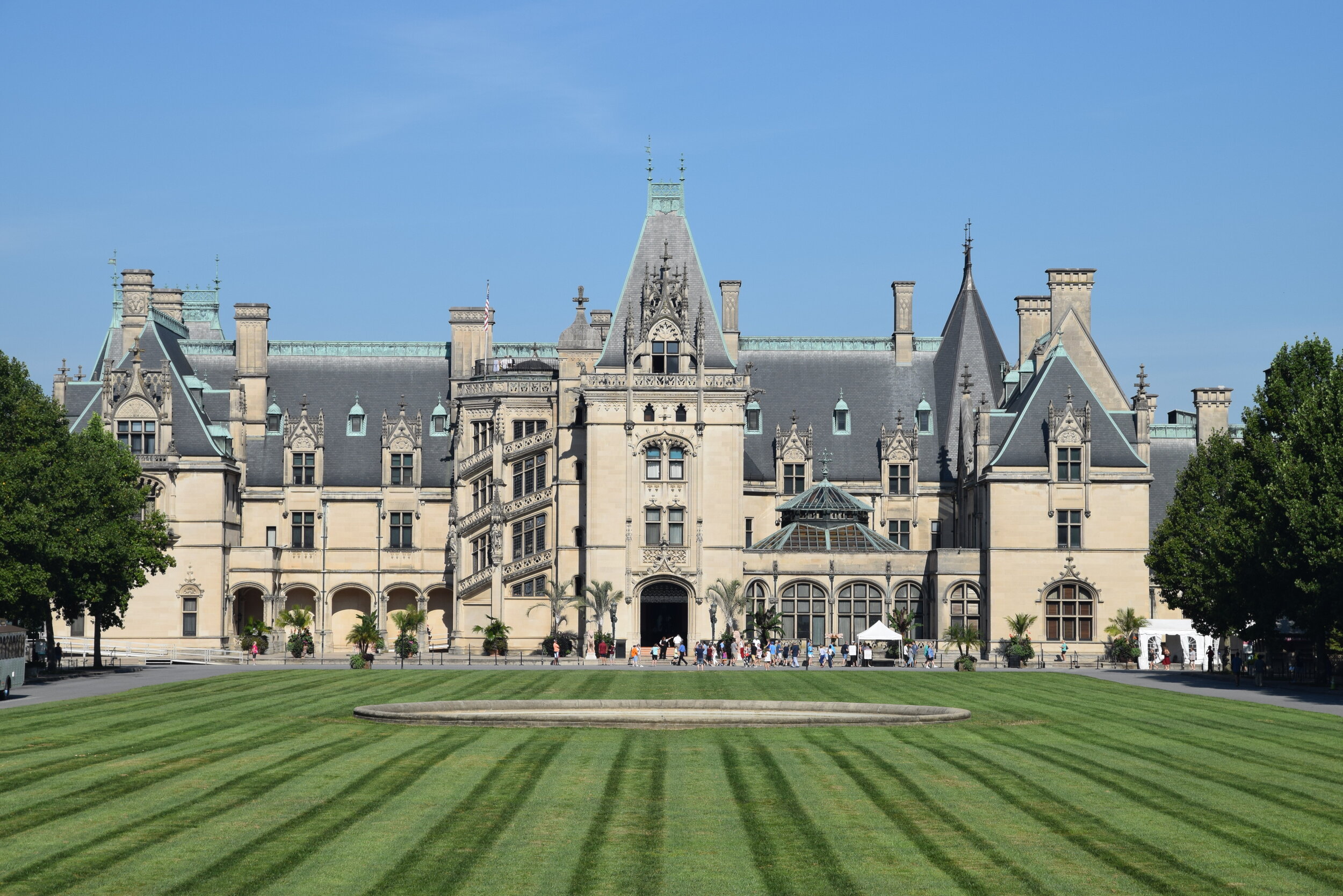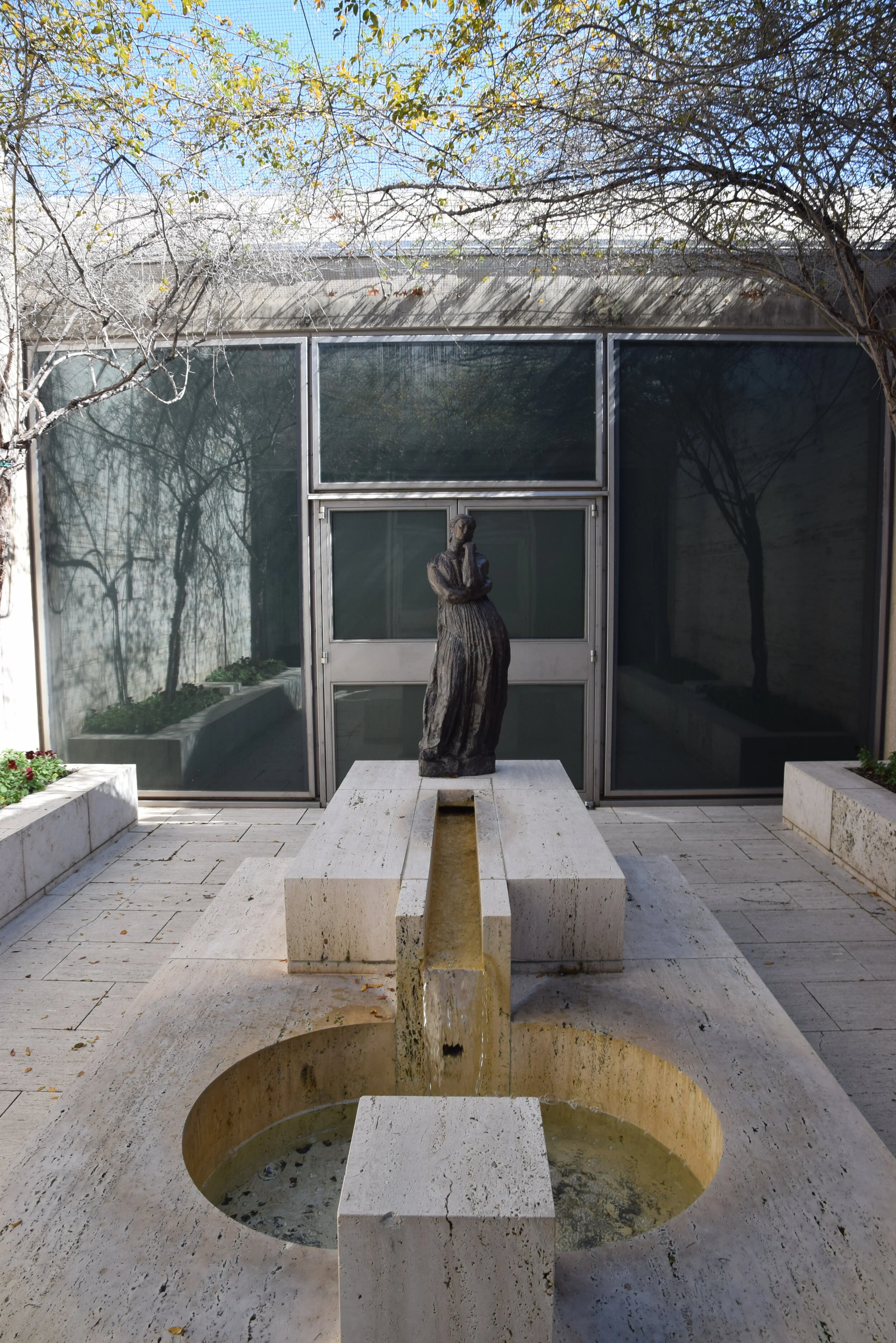Fall on The Hudson River: An Architectural Surprise
/View of the river from a small dock in Annandale-on-Hudson
Fall on the Hudson River provides extraordinary sights and experiences. The first clue that the river is such an important feature in this part of New York state, is the names of small historic hamlets on my map: Hastings-on-Hudson, Grand View-on-Hudson, Croton-on-Hudson.
Flashes of Fall color
I plan to visit Bard College with my wife in the town of Annandale-on-Hudson, NY. She is coming to the liberal arts college to attend a writer’s workshop, and I plan to relax and leisurely explore this quaint town on-the Hudson. The drive is very pleasant, and Fall is in full affect as we travel further north in New York. The leaves have fully changed color and our trip is filled with endless flashes of yellows, oranges and bright reds. The occasional rocky cliff is a good contrast to the bright Fall leaves and a reminder of the natural terrain along the river. When the sun gets low and hits them, it produces beautifully dramatic shadows. At times, with so much natural beauty present, it is hard to believe we are in the same state so often characterized solely by its super-urban metropolis NYC.
As we arrive to the campus I notice the college is quite proud of its Performing Arts Center, and I suspect it will be one of the more interesting buildings on campus. I follow the signs to The Richard B. Fisher Center for the Performing Arts, and spot a curvilinear titanium sculpture that can only be attributed to one architect, Frank Gehry. The truth is, I am not ga-ga for Gehry, but seeing his building in this setting and unexpectedly finding it forces me to move in for a closer look. Oh, and it has begun to lightly rain. In fact, I learn something valuable about the structure as the rain gets heavier and I race towards the entrance. The slick sculptural roof panel over the entrance creates a waterfall of water I must step through in order to get under it to stay dry. As I wait for the rain to stop, I can hear dance students practicing inside. Eventually it stops raining and the sky turns a wonderful blue and the Gehry building comes alive. The same shiny panels that did little to help me avoid getting wet, did reflect beautifully the new blue sky and brightly colored leaves. It is so impressive I try and cannot think of having visited a Gehry building in a rural setting like this before. Certainly not in the Fall.
Another modern building on the main campus is the Science Center designed by Rafael Viñoly. This building has a large curvilinear glass façade supported by large corrugated cylinders. Stepping inside you find the curve is an organizational element with all the labs are along the glass façade and the cylinders used for more private and quite classroom spaces. The glass reflects the spectacular clouds and making the low building almost disappear on the horizon.
Making my way through the main campus the college is full of wonderful old stone building: Dorms, Chapels, Class Halls. The new sunny sky makes these structures look magnificent, as it did Gehry’s modern performing art center. Except now it is not reflected in a shiny skin it is showing off the textures of the old stone walls and slate roofs.
A strange building on campus is the Stevenson Library. It is a post-modern building designed by Robert Venturi and is intentionally a combination of old and new. To symbolize the importance of knowledge a portion of the library is a designed to like a temple with Ionic columns. The building also simultaneously speaks to the modern developments in knowledge with its contemporary striped metal and glass façade. It reads like bar codes, perhaps that’s how you check out the books now. Lastly, around another corner of the building one finds an ornate brick pattern that suggests binary code. Although one can argue the unattractiveness of having all three of these designs collide in one building, it certainly demands a double take to try to figure out what exactly is going on.
Bard Colleges website proudly proclaims it is a “Place to Think” The college obviously sees a value in hiring notable architects to design building for this campus of thinkers. Perhaps the value is that some how these dynamic and creative structures will themselves inspire equally creative thinking. This certainly holds true for me. I intended to go into town for the day, but surprisingly spent all my time on campus exploring the campus’s architectural diversity, thinking about the old with the new.
